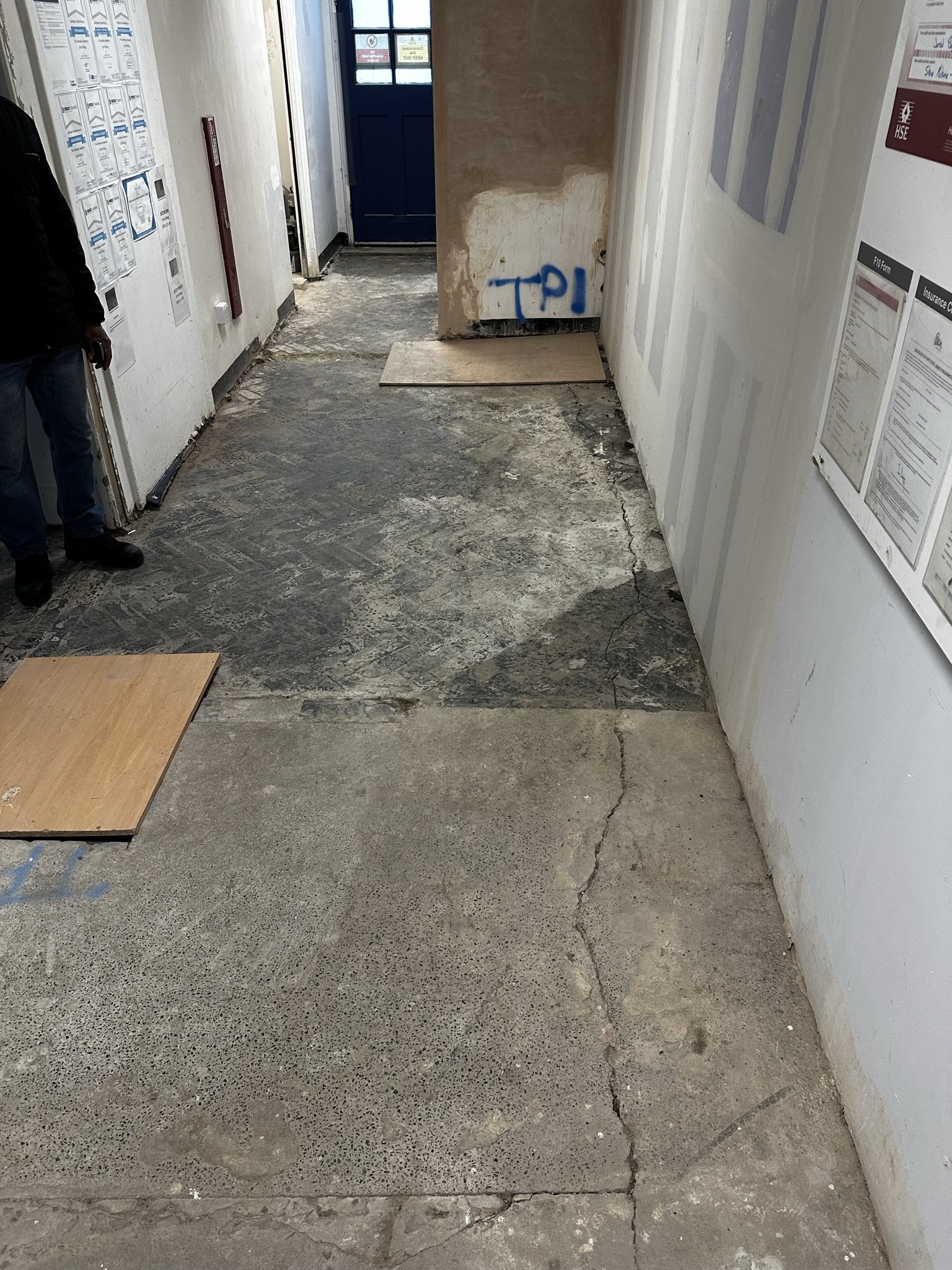A Historic Onion - Unwrapping a Sites Past
We’ve been looking at a Grade II listed school with some subsidence issues – and quite some history.
LONDON AND WESTMINSTER with the Borough of SOUTHWARK, Faden William 1818
The school is founded on a geological soup, formerly a marsh not far from the River Thames. The site was previously occupied by Millbank Prison, an awful place plagued with subsidence problems during its construction, that led to the Architect Robert Smirke and Engineer John Rennie the Elder being called in to effectively underpin the building on to an innovative new material – concrete, becoming probably the first use of a concrete raft foundation.
Completed in 1816 the prison was demolished by 1890, but not before this incredible photo was taken from a balloon.
The Millbank prison photograph was originally published in an anonymously authored article 'London from Aloft' in The Strand Magazine vol 2 (July-December 1891) 492-8.
The site is now largely occupied by Tate Britain, with a housing estate and school behind. It’s unfortunate that the prison burial ground aligns with the playground.
The school has various issues - mostly related to the ground and building movement in much the same way the prison was afflicted. What we see now though is differential movement, the buildings being broken and moving not as a single entity.
As we have explored the issues this school faces, the history of the site becomes key. By looking at the site history and mapping we find that the issues found on site, align almost perfectly with the former rear wall of the prison. Although it was demolished, its unlikely that deep foundations in to marshy land were removed. It seems very possible, that what were looking at on site is school buildings that are gently settling over time on soft ground, with parts of the buidings “hogging” as they found onnto the substantial prison wall foundations and the rest of the building continues to move,
Floor and building cracking that aligns with the former prison wall line
Video generated from LiDAR survey
Credit:
The Millbank prison photograph was originally published in an anonymously authored article 'London from Aloft' in The Strand Magazine vol 2 (July-December 1891) 492-8.
Map - LONDON AND WESTMINSTER with the Borough of SOUTHWARK, Faden William 1818
Prison Plan - G.P. Holford - G.P. Holford, An Account of Millbank Penitentiary (1828)




